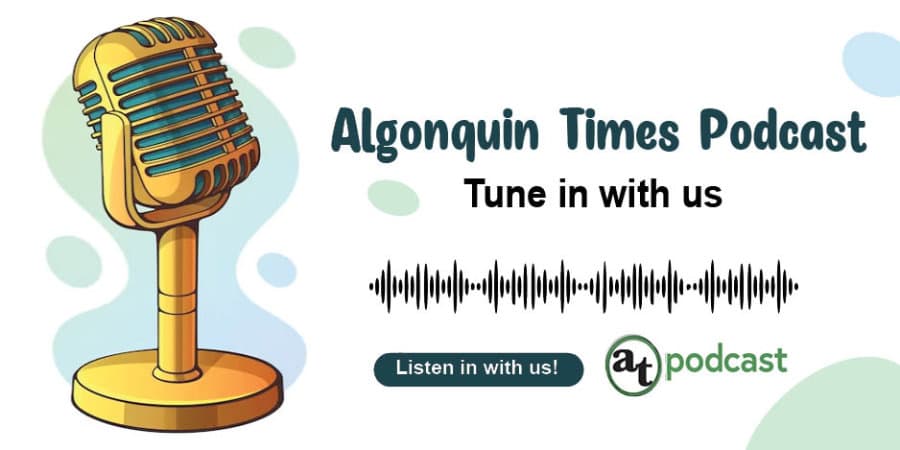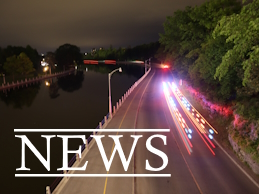Forestry technician program grows to include inclusivity efforts and new technologies

When the pandemic first started, Peter Arbour, the forestry technician program coordinator, was faced with new challenges.
“I only had one full semester before COVID-19,” Arbour said. “At first, there were some stutters, but I think we did a good job given the circumstances.”
Over the last two years, the forestry technician program at Algonquin College has worked to push the program towards inclusivity, introduce new technologies and provide a COVID-19 safe workplace all at once.
The forestry technician program, 45 weeks in length and based at the Pembroke Campus, is built to make students ready to work.
The students spend close to half of their time outside, making field days essential to the program. The students learn tree identification, fire management, insects and diseases identification, forest measurement and management.
“It was important to us to keep the field placements despite COVID-19,” said Arbour. “So we built our own safety protocols and our own rules. We had two buses instead of one to keep students separated.”
Due to COVID-19, the program has moved all of its theory classes online. For some students that has been more difficult.
“Working with COVID-19 and Brightspace has been the biggest challenge,” said Simon Coughlin-Schmidt, a full-time forestry technician student. “I know for a course like this, hands-on approach is very important, especially in a classroom setting where you can bounce ideas off each other.”
“Getting into the mindset of homework and routine was one of the most important things I had to develop for myself,” he said, “but what I learned about myself and the lessons, I appreciate.”
The students spend most of their field days at the Petawawa Research Forest, one of the oldest research forests in Canada.
“Gratefully we can use it and explore and do big long hikes throughout the woods and get to learn about the different species,” said Coughlin-Schmidt.
“They throw a lot at you early on really quickly, but you take it on in a personal setting outside of school and the more you practise the better you will do,” he said.
The program has not only been changing because of COVID-19. In the past two years, there has been a big effort to modernize the program with technology. The students now learn how to use tools such as satellites, plane-based aerial LiDAR and terrestrial LiDAR .
Algonquin College has also done a lot of work to acknowledge the Algonquin nation and people as the traditional custodians of the land on which the three campuses are located. The forestry technician program is trying to bring more Indigenous values as well.
“Indigenous values are woven in forestry management but not so much tech,” said Arbour. “One of my goals is to have Indigenous values embedded right into the curriculum. We have started to make some headway towards that, but we need to keep working on it. A completely settler-based approach towards forestry is not the way of the future.”
According to the last census done in 2016 by the government of Canada, 12,000 Indigenous people work in forestry jobs. The census also indicates about 17 per cent of forestry employees are women and 12 per cent immigrants to Canada.
The program has mostly female professors. Pushing the program to become more women-friendly helps female students feel welcomed and have good role models to look up to.
“To put it crudely, the trouble with forestry is it has been an old white man’s game forever and luckily that is starting to change,” said Arbour. “Both in terms of other ethnicities getting into it and the culture of acceptance around that. Not to mention the number of women in the class is rising every year.”
With only 46 spots in the program, it has had a waitlist for the past two years.








